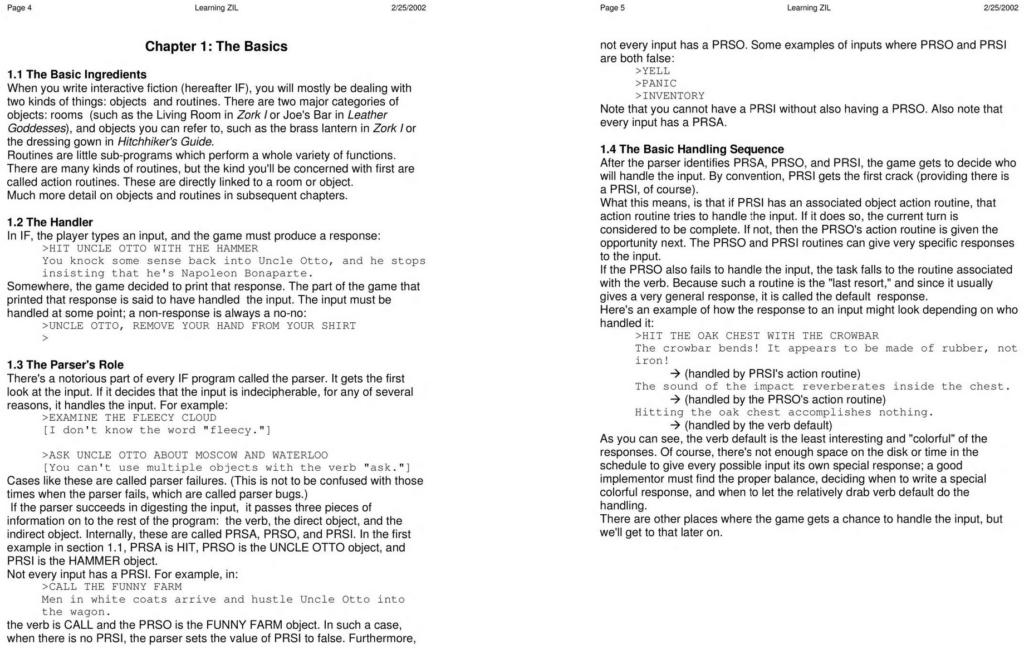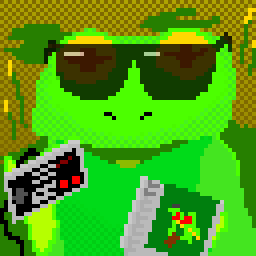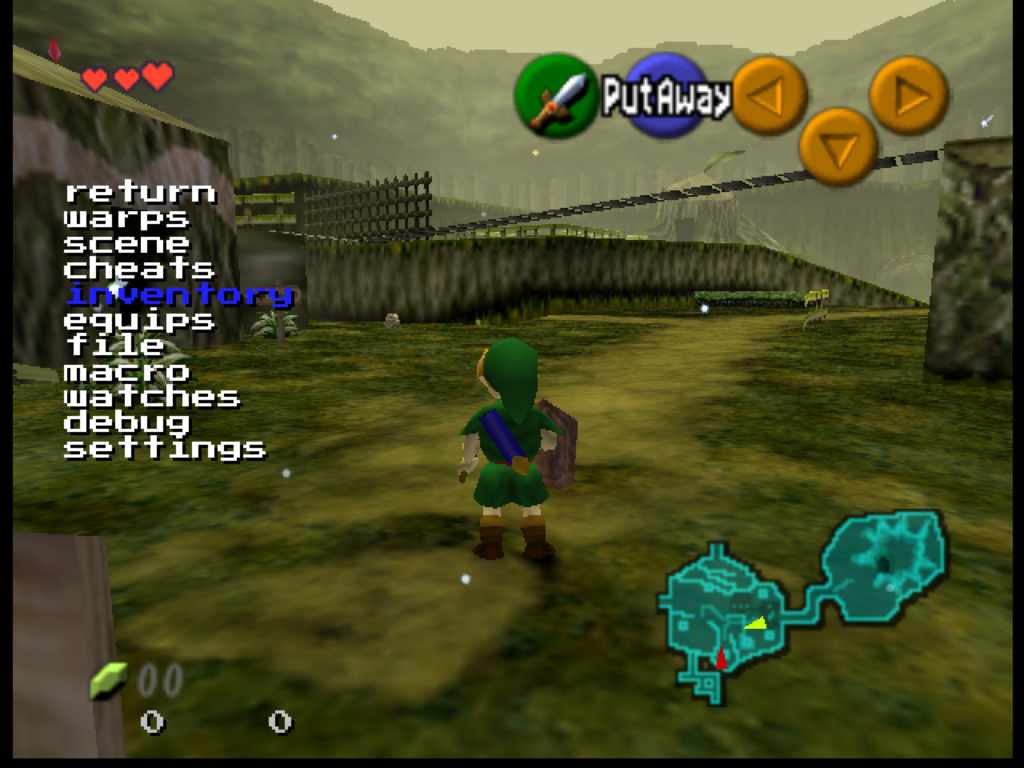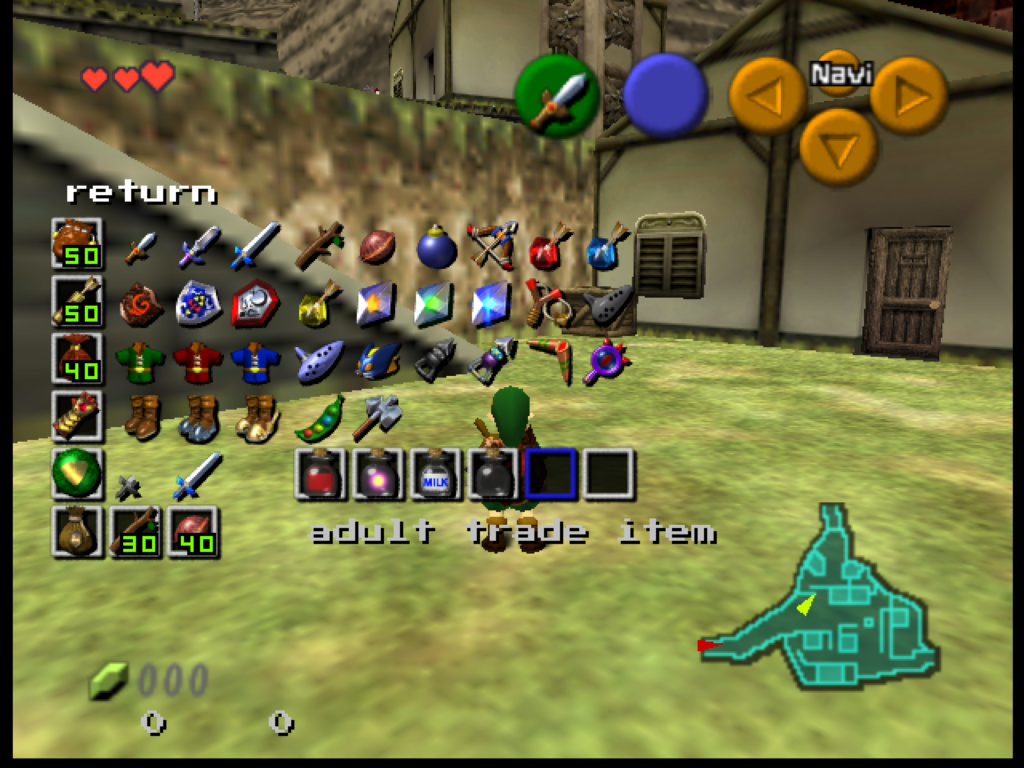Boudewijn Wayers was the creator of the very first Nethack Home Page. I have no idea where he is now, but he’s listed among the alumni of the Nethack Dev Team.
He wrote a spoiler for Nethack called To Die: 50 Ways to Leave Your Game, which was a cataloging of ways to die in that game. This used to be available in several locations on the World Wide Web, but now I can only find it in one place. To help preserve it for later generations, I paste it below in full.
I feel that first I should say a word about how Nethack pages have become scarce lately. The old Steelypips spoiler site is still active, but many of the other sites it links to have perished. (Some of them have academic URLs, and have probably fallen victim to the declining web investment of universities. To think in my lifetime I’ve seen the rise and subsequent abandonment of the internet as a tool of knowledge. I blame social media!)
I should see about preserving old spoiler documents on the living internet, but until I get something put together, here is Boudewijn Wayers’ list of ways to die in Nethack.
50 ways to leave your game
============================
by Boudewijn Wayers (kroisos@win.tue.nl).
There has been talk on the net lately about various ways to get killed.
Well, apart from being killed by a monster hitting you, there are lots
of other ways… Some of these other things you can be killed by are
mentioned here (I don’t claim to have noticed them all, but I think I
did):
a blast of acid
a blast of disintegration
a blast of fire
a blast of frost
a blast of lightning
a blast of missiles
a blast of poison gas
a blast of sleep gas
a bolt of cold
a bolt of fire
a bolt of lightning
a burst of flame
a carnivorous bag
a closing drawbridge
a cockatrice corpse
a collapsing drawbridge
a cone of cold
a contact-poisoned spellbook
a contaminated potion
a cursed throne
a death ray
a falling drawbridge
a falling object
a falling rock
a finger of death
a fireball
a genocide spell
a land mine
a magic missile
a magical explosion
a mildly contaminated potion
a potion of holy water
a potion of unholy water
a psychic blast
a residual undead turning effect
a scroll of fire
a scroll of genocide
a sleep ray
a system shock
a thrown potion
a touch of death
a tower of flame
a wand
acid
an alchemic blast
an electric chair
an electric shock
an exploding chest
an exploding crystal ball
an exploding drawbridge
an exploding item being destroyed
an exploding ring
an exploding rune
an exploding wand
an explosion
an iron ball collision
an object thrown at you
an unrefrigerated sip of juice
an unsuccessful polymorph
brainlessnes
bumping into a boulder
bumping into a door
colliding with the ceiling
contaminated water
drowning
eating a cadaver
eating a cockatrice corpse
eating a cockatrice egg
eating a poisonous corpse
eating a poisonous weapon
eating a rotten lump of royal jelly
eating an acidic corpse
eating the Medusa’s corpse
eating too rich a meal
exhaustion
falling downstairs
jumping out of a bear trap
kicking a ladder
kicking a rock
kicking a sink
kicking a throne
kicking a wall
kicking an altar
kicking something weird
kicking the drawbridge
kicking the stairs
leg damage from being pulled out of a bear trap
looking at the Medusa
molten lava
overexertion
sipping boiling water
sitting in lava
sitting on an iron spike
strangulation
swallowing a cockatrice whole
the wrath of
touching a cockatrice corpse
trying to tin a cockatrice without gloves
Other ways to die:
caught himself in his own tower of flame
committed suicide
crunched in the head by an iron ball
dragged downstairs by an iron ball
fell from a drawbridge
fell into a chasm
fell into a pit
fell into a pit of iron spikes
fell onto a sink
killed himself with his pick-axe
quit while already on Charon’s boat
shot himself with a death ray
squished under a boulder
starvation
teleported out of the dungeon and fell to his death
unwisely ate the body of Death/Hunger/Pestilence
using a magical horn on himself
went to heaven prematurely
zapped himself with a spell
zapped himself with a wand
That’s all of it. Thanks for reading it, and thanks Boudewijn, wherever you are.






